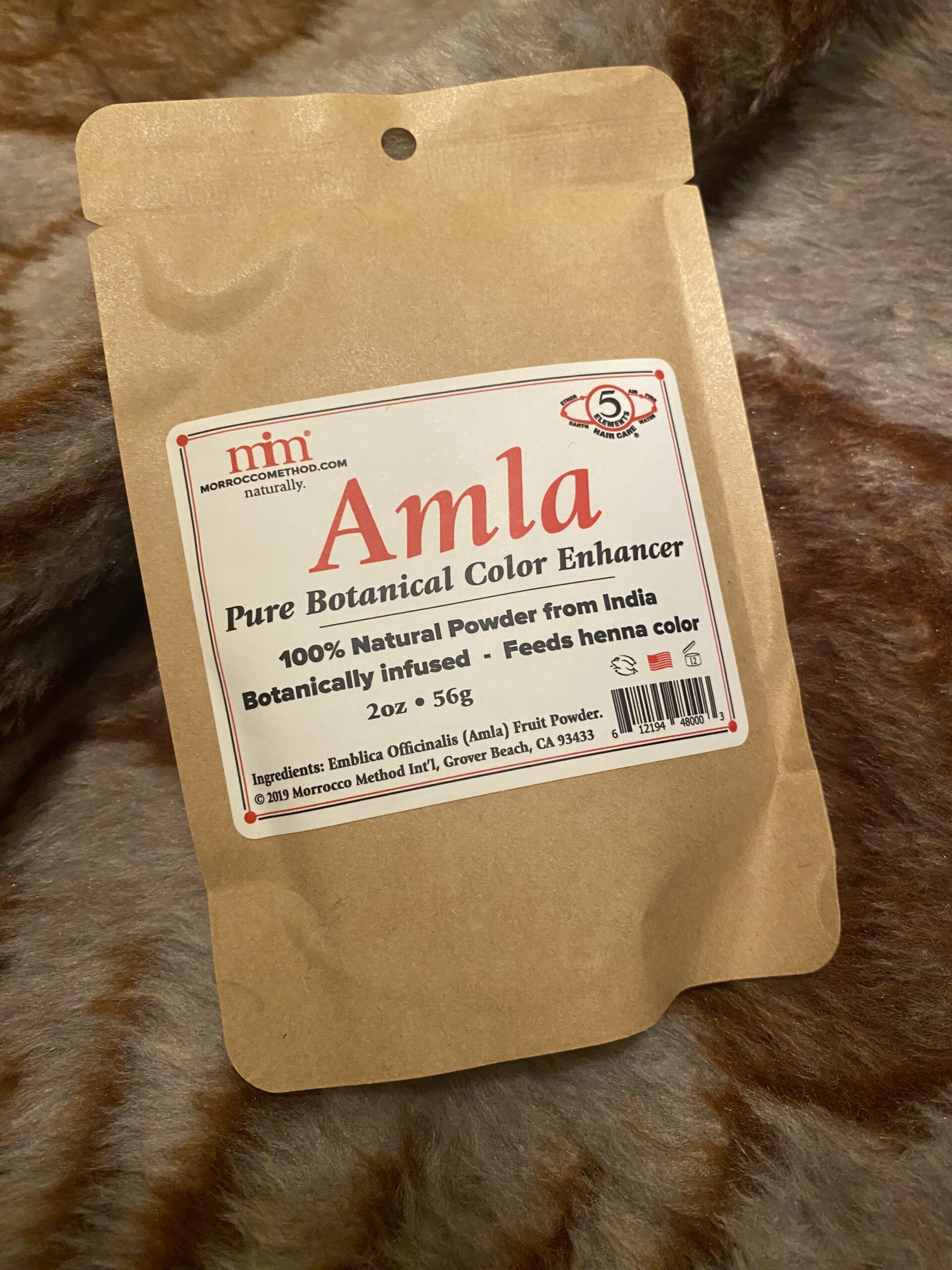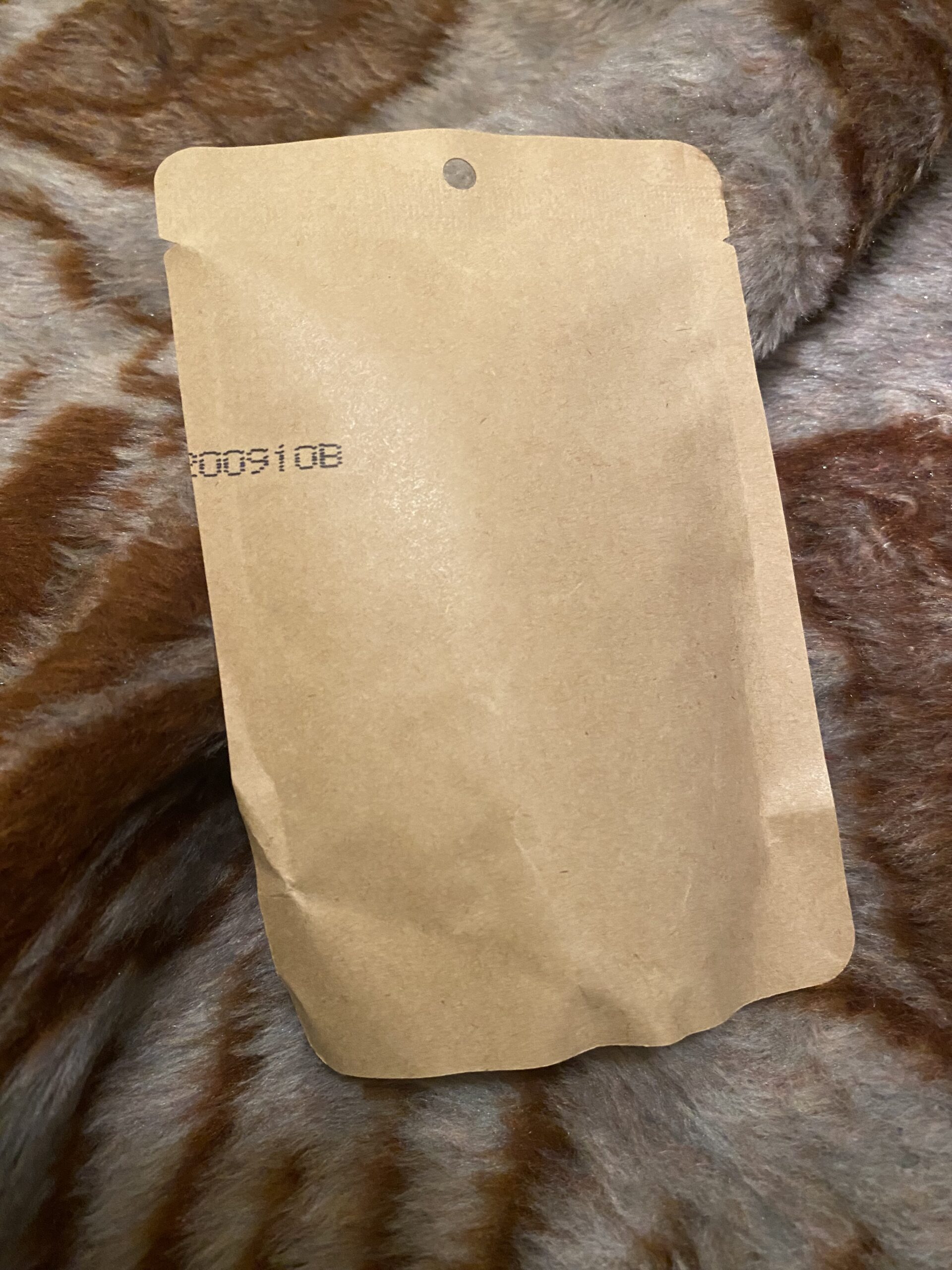Full XRF Test Results for Morrocco Method Brand “100% Natural” Amla Pure Botanical Color Enhancer (From India)

For those new to this website:
Tamara Rubin is a multiple-Federal-award-winning independent advocate for childhood Lead-poisoning prevention and consumer goods safety, and a documentary filmmaker. She is also a mother of Lead-poisoned children (two of her sons were acutely Lead-poisoned in 2005). Since 2009, Tamara has been using XRF technology (a scientific method used by the U.S. Consumer Product Safety Commission) to test consumer goods for toxicants (specifically heavy metals — including Lead, Cadmium, Mercury, Antimony, and Arsenic). All test results reported on this website are science-based, accurate, and replicable. Items are tested multiple times to confirm the test results for each component tested. Tamara’s work was featured in Consumer Reports Magazine in February of 2023 (March 2023 print edition).
May 22, 2023 — Monday
Updated: 5/23/2023
This post is being published as supporting documentation for an overview article on henna and the concerns about heavy metals in adulterated henna products; once the overview article has been published, we will update this post with a direct link to that article here.
Regarding the Testing Methodology Used:
As with other powdered products that we test — which may present hazards, via inhalation, ingestion, or skin absorption (when used as intended) — our goal is to get test results as close as possible to the absolute low threshold of detection of the XRF instrument we use (which is down to single digit parts per million). In some cases, depending on the nature and/or application of the product, it is more appropriate to test these types of products using laboratory testing instrumentation capable of testing down to single-digit parts per billion — however, in such instances, precision XRF analysis is still a good “first-pass screening” tool for testing these types of products — to rule out the potential presence of metallic toxicants at higher levels (i.e. at levels of parts per million). To this end (especially with items we as consumers should expect/hope will test negative for toxicants), we observe the following steps as part of our testing methodologies, to ensure the most precise reading possible using an XRF instrument:
- We always start with a freshly-calibrated instrument (we run a system check on the instrument, and make sure it is fully acclimated to the temperature of the room where the testing is being conducted).
- We test the product against a known metals-free background surface (in most cases this is a plank of natural wood — an uncontaminated cutting board, or similar; we test this wood background surface multiple times at the beginning of every testing session just to be sure there is no possible XRF-detectible metal content present that could pollute the reading for the product sample we are testing).
- Whenever possible, we try to test new (unopened, newly-purchased) products that we have purchased directly from the manufacturer — as we have in this case. One reason we do this is to minimize any opportunity for the manufacturer to challenge the legitimacy of our findings if we do confirm the presence of one or more heavy metal toxicants in the sample tested. Challenges from manufacturers are undertaken typically by floating (or insinuating) bogus allegations that the sample tested was somehow adulterated/ contaminated by us prior to testing, or contaminated by the customer who sent us the product. Other claims include that the product is otherwise in “unknown” or illegitimate condition, of “questionable origin,” is “not ‘genuine’/ not their actual product,” or that it was possibly contaminated (somehow) by “the testing environment, or en-route to the testing environment,” etc.
- Prior to testing, powdered samples are placed in pre-tested Lead-free/metals-free thin plastic-film baggies (“Ziplock®” baggies or similar).
- We test each sample (through the thin film of the baggie) multiple times, for a long-exposure time of 180 seconds each time (vs. our normal testing time of 60 seconds per test), to confirm results. This is longer than we test most consumer goods, as again, we are hoping to get as close to the absolute low threshold of detection of the instrument as possible for personal care products/supplements/spices, etc. (which are — by virtue of the fact they are directly-ingested or bodily-applied substances with the inherent increased-level of risk and consequent more stringent regulatory testing requirements — hopefully, less likely to test positive for neurotoxic heavy metals in concentrations at such alarmingly high levels as would be detectable in the parts per million range).
- If — for any reason — results are not consistent across one sample of powdered material, we test additional samples from the same package or batch.
- We report one full set of test results from the XRF instrument readings collected — a sample set that is representative of/ consistent with all of the test results collected (not an average or aggregate set of data).
Test Results for the Product Pictured:
When tested with an XRF instrument, the henna “color enhancer” product pictured — made in India and sold by Morrocco Method International (based in California) — had the following readings (with a 180-second test):
- Lead (Pb): non-detect. Negative, with a low threshold of detection: 2 ppm.
- Cadmium (Cd): non-detect. Negative, with a low threshold of detection: 9 ppm.
- Tin (Sn): non-detect. Negative, with a low threshold of detection: 14 ppm.
- Mercury (Hg): non-detect. Negative, with a low threshold of detection: 4 ppm.
- Selenium (Se): non-detect. Negative, with a low threshold of detection: 2 ppm.
- Barium (Ba): non-detect. Negative, with a low threshold of detection: 131 ppm.
- Arsenic (As): non-detect. Negative, with a low threshold of detection: 2 ppm.
- Chromium (Cr): non-detect. Negative, with a low threshold of detection: 49 ppm.
- Antimony (Sb): non-detect. Negative, with a low threshold of detection: 24 ppm.
- Zinc (Zn): 6 +/- 3 ppm
- Bromine (Br): 16 +/- 1 ppm
- Iron (Fe): 695 +/- 22 ppm
- Bismuth (Bi): 5 +/- 2 ppm
No other metals were detected in consumer goods mode.
Interpreting the Above Test Results:
- This one sample of this product (which is likely representative of similar batches of this same product from the same company) tested negative for the five primary toxic heavy metals that we look for in our work here at Lead Safe Mama, LLC: Lead, Mercury, Cadmium, Arsenic, and Antimony.
- The product was positive for only four other metals: Bromine, Iron, Zinc & Bismuth (each of those last two at very low levels).
- While it is possible that laboratory testing may find other metals in very low trace amounts (parts per billion vs. parts per million), the metals profile indicated by XRF testing is accurate down to the low threshold of detection noted for each of the metals detected (or not detected) that are listed above.
- If a person who used this product on a regular basis tested positive (with a blood or urine test ordered by their doctor) for unsafe levels of Iron — or tested positive at concerning levels for any of the other three metals listed above — then they may want to consider ceasing use of the product for a period of time (a three to six-month interval might be appropriate) and re-testing at the end of that interval to help determine whether any systemic exposure to the listed metals was being caused (likely via skin absorption during application) through the use of this product.
- Given the levels of Zinc, Bromine, and Bismuth are so low, I don’t expect them to present an issue of any kind, but I don’t know if transdermal exposure to these metals (or to Iron, for that matter, which was also high in the other product we tested) via a hair-coloring product has ever been studied in any meaningful way.
Outside of the above considerations (and given the historical and well-documented evidence of heavy-metals-adulterated henna products), this seems like it would be a relatively good choice for a henna/color-enhancing product if one were choosing to color their hair. As noted above, once our overview post on the subject is published, we will link it here to provide greater context for the concerns with using henna products. Thank you for reading.

Never Miss an Important Article Again!
Join our Email List









